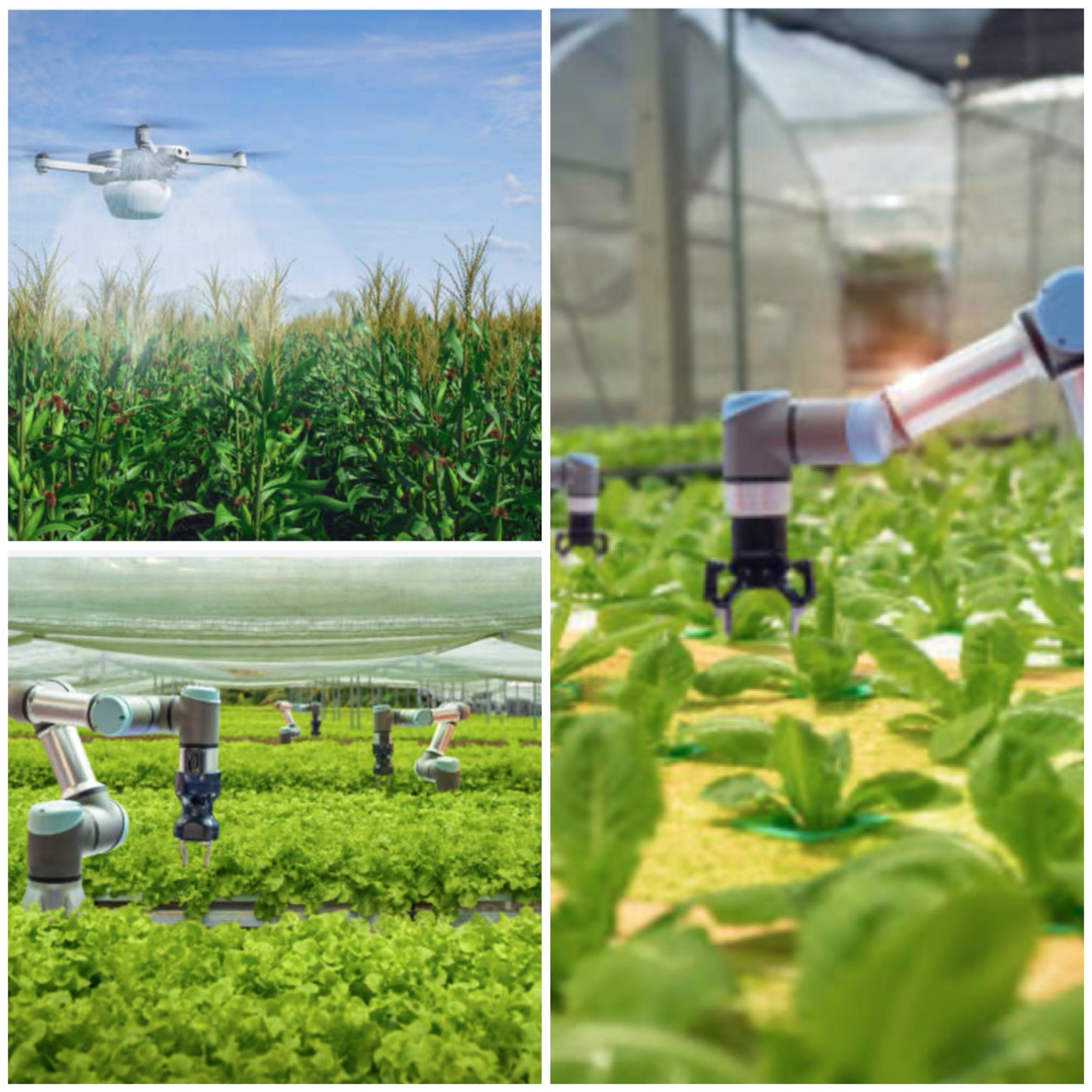Use of AI in agriculture farming?
Introduction
Artificial Intelligence (AI) is revolutionizing agriculture, offering innovative solutions to enhance productivity, sustainability, and efficiency in farming practices. Here are some key applications of AI in agriculture:
Precision Farming
AI-powered precision farming techniques enable farmers to optimize resource usage and improve crop yields:
Crop Monitoring
AI analyzes data from sensors, satellite imagery, and drones to provide real-time insights into crop health, soil conditions, and pest infestations.
Smart Irrigation
AI-driven systems monitor soil moisture levels and weather patterns to optimize water usage, reducing waste by up to 25%.
Targeted Application
AI enables precise application of fertilizers and pesticides, reducing chemical usage by up to 90% in some cases.
Predictive Analytics
AI algorithms process vast amounts of data to provide valuable predictions and insights:
Yield Prediction
AI models analyze historical data, weather patterns, and soil conditions to forecast crop yields.
Weather Forecasting
AI helps predict weather conditions and their potential impact on crops, allowing farmers to take preventive measures.
Market Demand
AI analyzes market trends to predict demand and optimal pricing for crops.
Automated Machinery
AI is enhancing agricultural machinery with advanced capabilities:
Autonomous Tractors
Self-driving tractors equipped with AI can perform tasks like plowing, planting, and harvesting with minimal human intervention.
Robotic Harvesters
AI-powered robots can identify ripe crops and harvest them with precision.
Drones
AI-equipped drones monitor crops, detect issues, and even perform tasks like crop spraying.
Crop and Soil Health Management
AI assists in maintaining optimal growing conditions:
Disease Detection
AI algorithms can identify early signs of crop diseases, allowing for timely interventions.
Soil Analysis
AI processes data from soil sensors to provide insights into nutrient levels and soil health.
Pest Management
AI systems like Trapview use computer vision to detect and map insect populations, enabling targeted pest control.
Livestock Management
AI is also transforming animal husbandry:
Health Monitoring
AI analyzes data from wearable sensors to detect early signs of illness in livestock.
Feeding Optimization
AI systems can optimize feed formulations and feeding schedules for improved animal health and productivity.
Sustainable Practices
AI supports environmentally friendly farming methods:
Resource Optimization
AI helps reduce water usage, minimize chemical applications, and optimize energy consumption.
Regenerative Agriculture
AI assists in implementing sustainable practices like reduced tillage and cover cropping.
Conclusion
By leveraging AI technologies, farmers can make data-driven decisions, increase crop yields, reduce costs, and adopt more sustainable practices.
As AI continues to evolve, its impact on agriculture is expected to grow, helping address global food security challenges while promoting environmental stewardship






